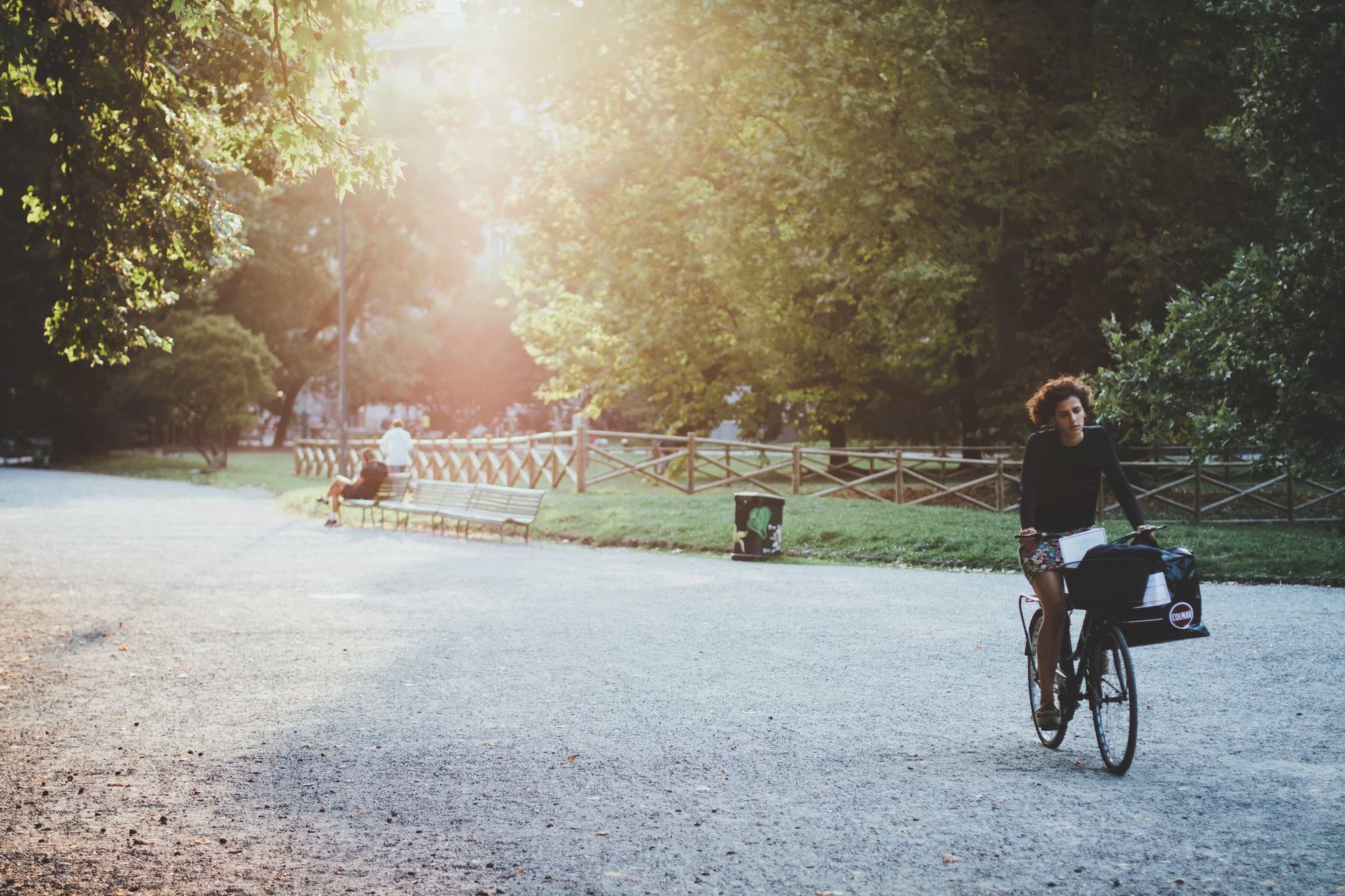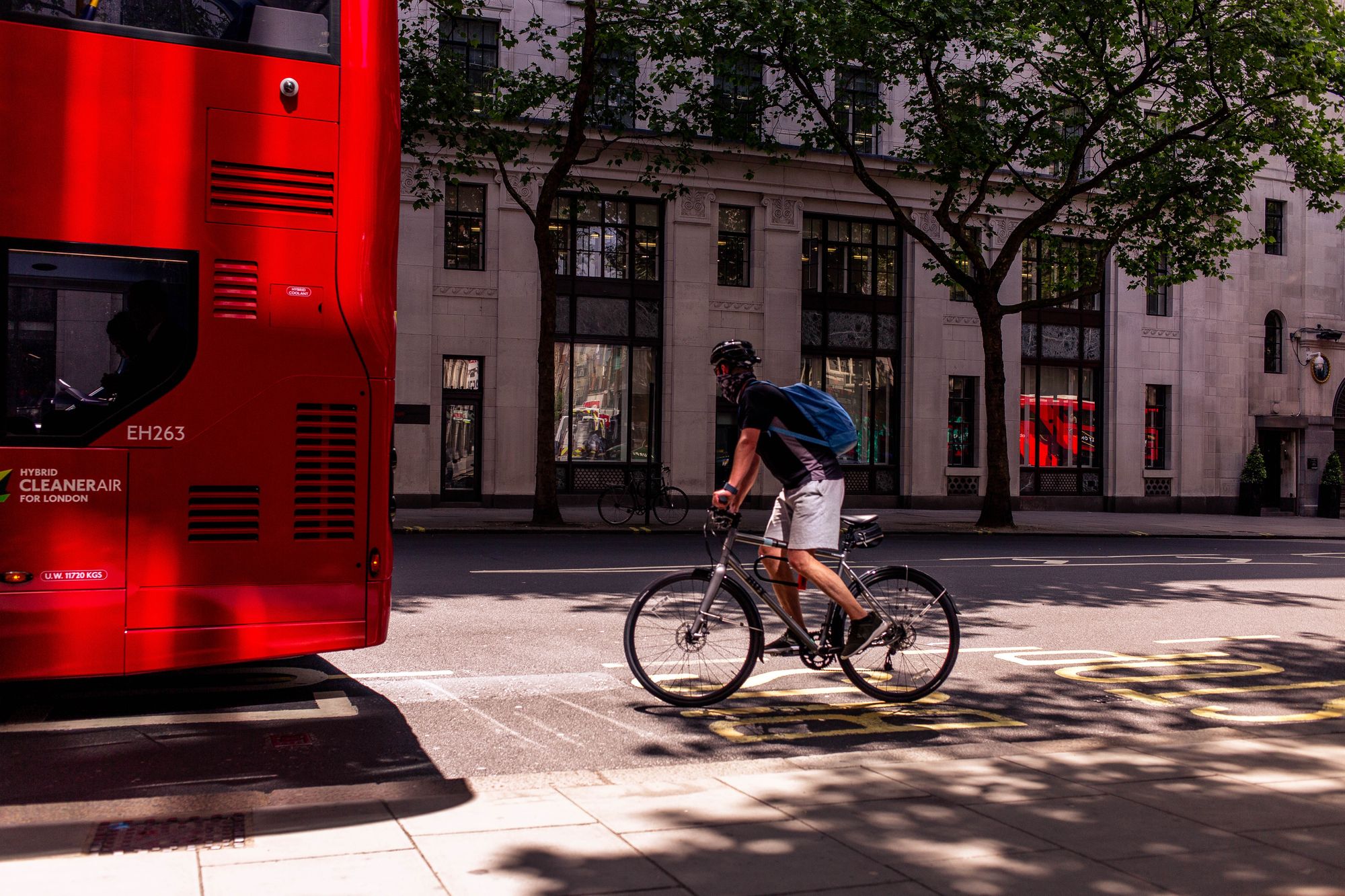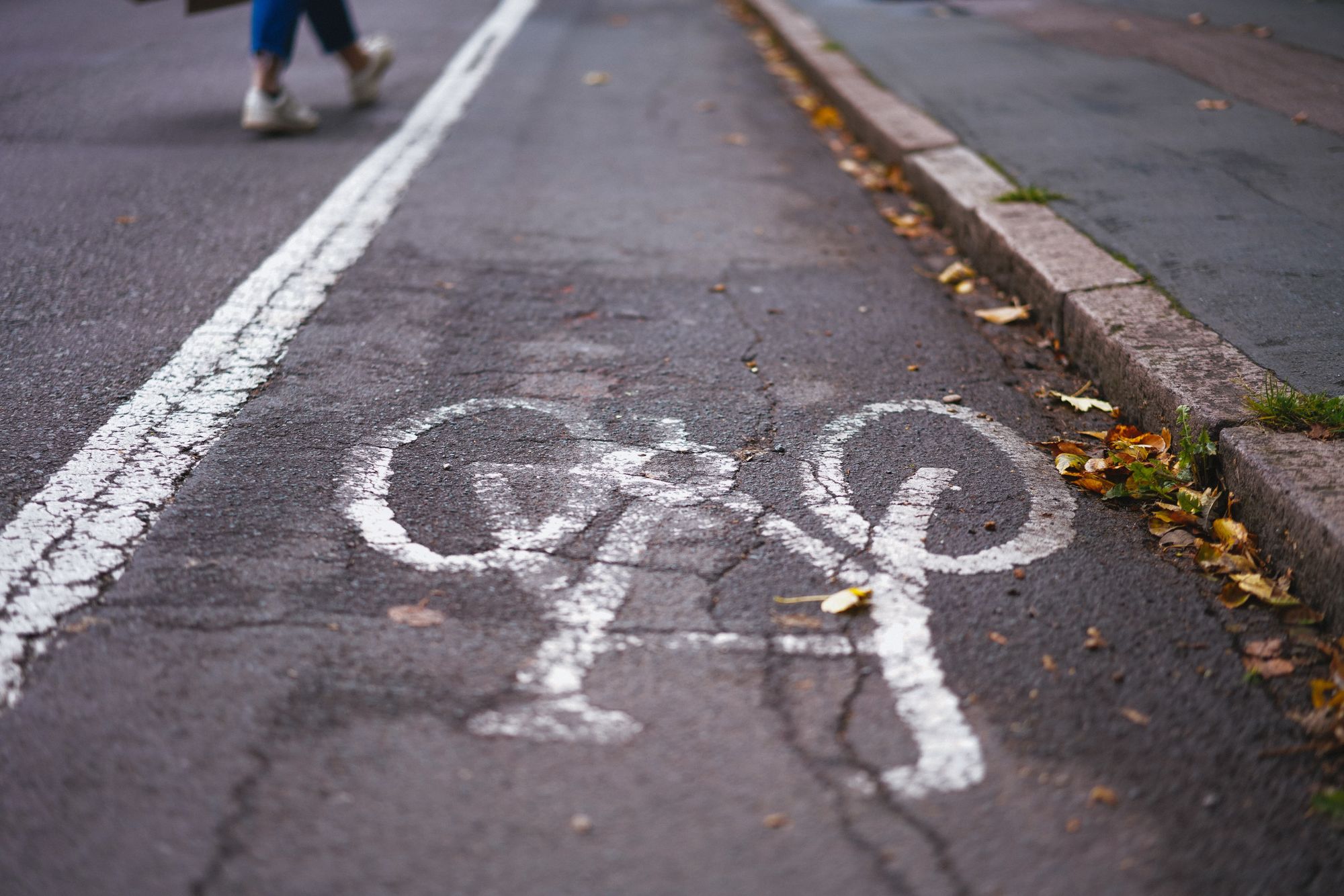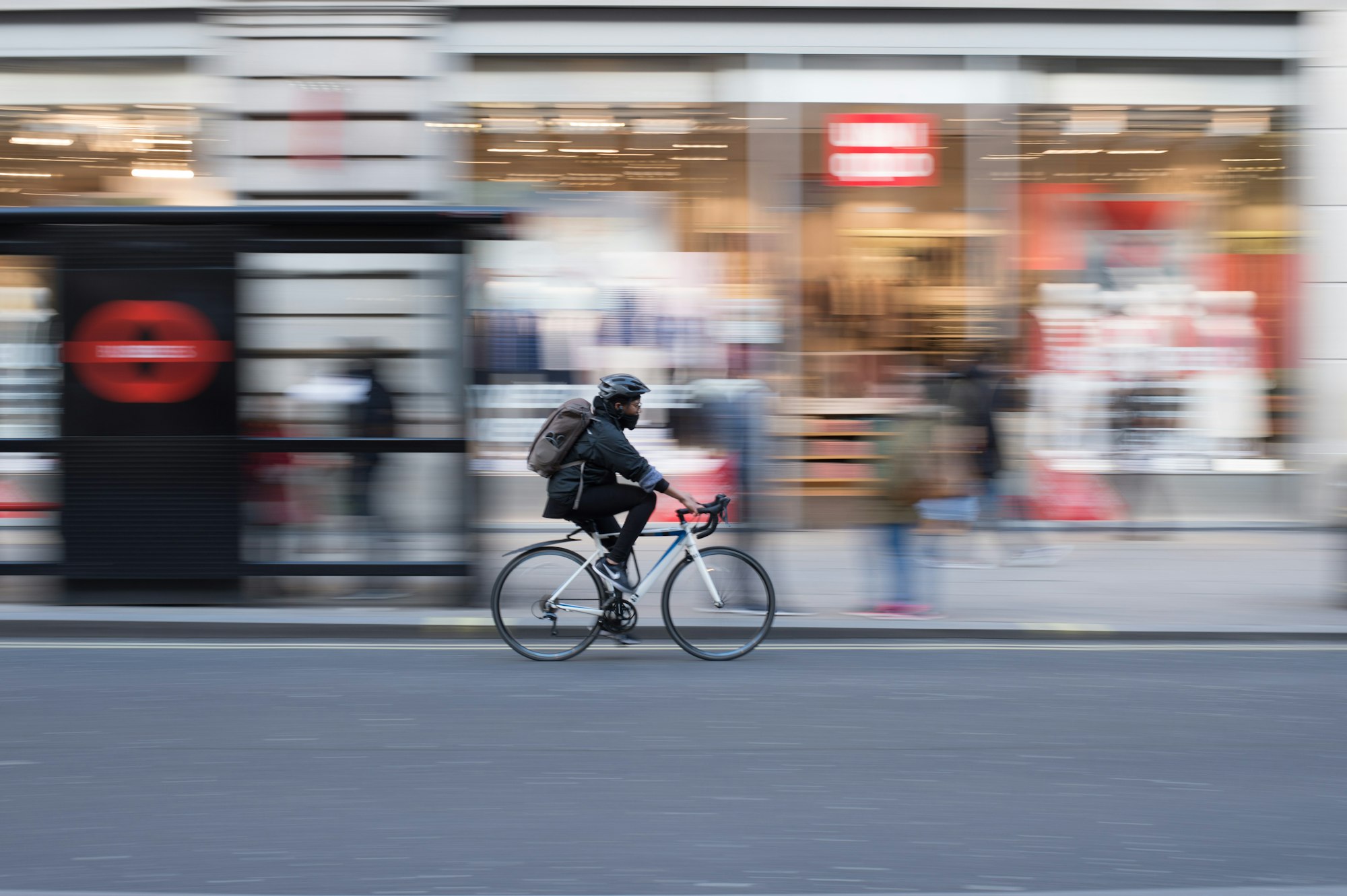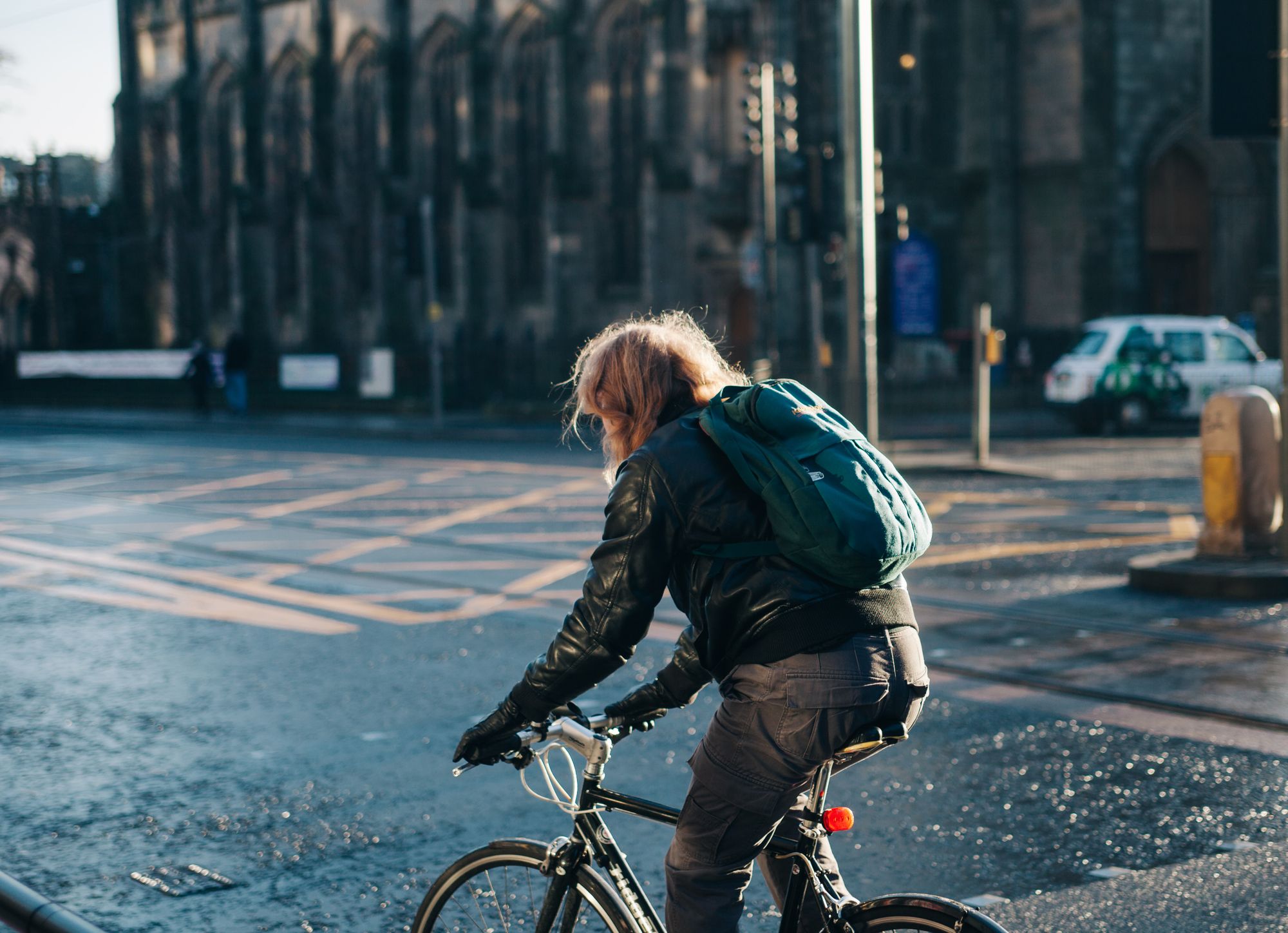Recent reports suggest that around 20% of workers are now riding or considering to make their commute a bicycle one. That’s four times more than the 5% of workers commuting to work by bike in 2018.
It’s easy to see why people are turning to pedal power. With the chance to avoid public transport, stay active and save the planet - all in 1 go.
Although we know that riding to work isn't necessarily easy. With traffic, sweaty clothing, and a few other tidbits you should know beforehand, we thought we’d write a step-by-step guide to crushing your first bike commute.
Step 1: Get hold of your commuter bike
Once you know how long your commute will take, get hold of a bicycle that'll be capable of the journey.
If your commute is short (less than 30 minutes), any type of bicycle should be fine. Road bike, city bike, e-bike, cyclocross bike, mountain bike, you name it.
If you have a longer commute (over 30 minutes), then you might want to ride a road bike or maybe even an e-bike.
An electric bike is a great option for new cyclists, as the extra assistance provided by the motor will get you to work with less effort!
E-bikes have really improved in recent years, becoming lighter, more efficient and more powerful.
If you're looking to buy a bike, take advantage of any work cycle schemes that might be available from your employer.
Another option could be to borrow one from a friend or hire a bike from your local bike shop before committing to buying your own.
Step 2. Get your insurance
Now you have your trusty ride to work, make sure you’re protected.
To cover your bike, accessories and clothing we offer specialist bicycle insurance. We won't charge you a fixed sum. Instead we calculate your monthly contributions - up to a max capped amount - based on the collective's claims. It’s a fairer way of doing things.
And when shit does hit the fan, Laka’s got your back. Claims are handled by experts and usually agreed within a day. With no depreciation or excess. Laka are so over annual contracts locking you in…with Laka – if you want to leave, you can. Anytime.
Step 3. Layer up
Before you head out the door in a t-shirt check the weather. Whilst you’ll get warm from the physical exertion of cycling, the wind caused by riding at speed makes it cooler than you would be walking.
The clothing you decide to wear is a personal choice. Some commuters will lean towards wearing plain clothes whilst others will decide to wear lycra cycling kit and clipped in shoes. No matter what you wear, comfort is key, so layers that are light and breathable will feel most comfortable.
Another tip would be to have a good quality pannier or rucksack to transport your work gear in. You'll want it to be big enough to fit a spare change of clothes and some shower gel to freshen up with at work.
If your workplace doesn't have a shower, try dry shampoo or wet wipes which are a tried and tested way to get yourself ready for the day!

Step 4. Hit the road
It's time to ride! There's no better way to try out commuting than getting stuck into the action. Riding on the road can be intimidating at first, but your confidence will quickly grow with experience.
When cycling you should use hand signals to indicate which way you're turning and keep to the bike lanes where possible.
Haven't looked at the highway code for a while? Check out Laka's own guide to The Highway Code for Cyclists. On top of that, a decent set of lights will keep you visible both in the day and at night!
Step 5. Store your bike
Woohoo you've reached your work! Now where should you store it? Your bike will definitely be healthier, happier and safer when stored inside.
But storing it outside is also fine providing you lock it up correctly. We recommend you use a Sold Secure Gold rated lock or better as they provide the maximum amount of protection against bike theft.
When locking your bike, make sure the frame is fixed to the bike stand first and then you can think about fixing wheels second. If you're looking to one up your locking game, check out our ultimate guide to locking your bike securely in the city!

Step 6. Aches, sores and discomfort
Last but not least. If you’re new to riding to work you may experience achy legs and a sore body after consecutive days of back to back riding.
Remember to take it easy on yourself and rest when you need to, any day cycling is better than none. Once your tight legs or back has subsided, you’re good to get back in the saddle

